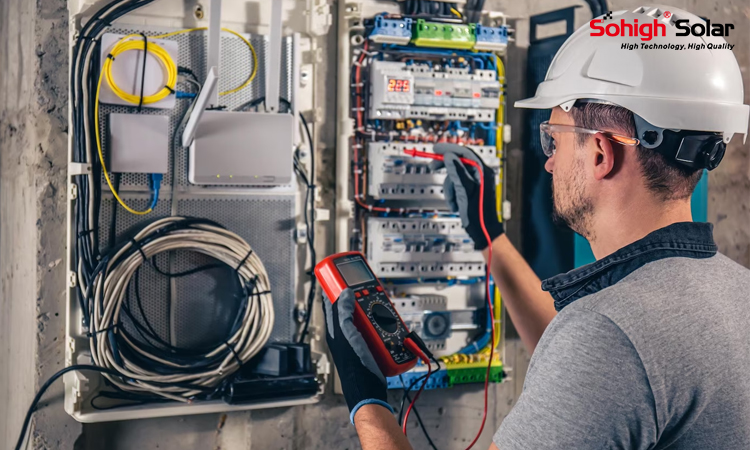The voltage used in each country is primarily determined by historical, economic, and technical factors, as well as the development of the electrical infrastructure in that region. There are several reasons why voltage levels vary from country to country:

Historical Reasons: The development of electricity distribution systems occurred independently in different countries, and early power systems were established based on the available technology and engineering practices at the time. This led to variations in voltage levels being adopted by different countries.
Grid Standardization: Once electricity became more widespread, there was a need for standardization to ensure compatibility and safety across electrical devices and equipment. However, different regions had already established their own systems, and it was not feasible to change them completely. As a result, various voltage levels persisted.
Economic Considerations: The cost of electrical infrastructure, such as power generation plants, transmission lines, and distribution networks, played a role in determining the voltage levels. Lower voltage systems may be more cost-effective for certain countries or regions.
Technical Limitations: The choice of voltage level also depends on the technical limitations of the available electrical equipment and devices. Different countries may have opted for voltage levels that were most suitable for their domestic industries and appliances.
Safety and Regulations: Safety concerns and regulations also influenced the choice of voltage. Higher voltages may be more dangerous to humans, and lower voltages are often preferred in settings where there is a greater risk of electrical accidents.
Grid Size and Load Requirements: The size of the electrical grid and the power demand of the country can also influence the choice of voltage levels. Higher voltage levels are more efficient for long-distance transmission of electricity.
As a result of these various factors, different countries ended up adopting different voltage standards. Some common voltage levels used around the world include 110V, 220V, 230V, and 240V for residential and commercial applications. However, there are numerous exceptions and variations across regions, especially in specialized industrial settings. The International Electrotechnical Commission (IEC) and other international standards organizations work to harmonize electrical standards, but full standardization is challenging due to the existing infrastructure and varying requirements of different countries.








